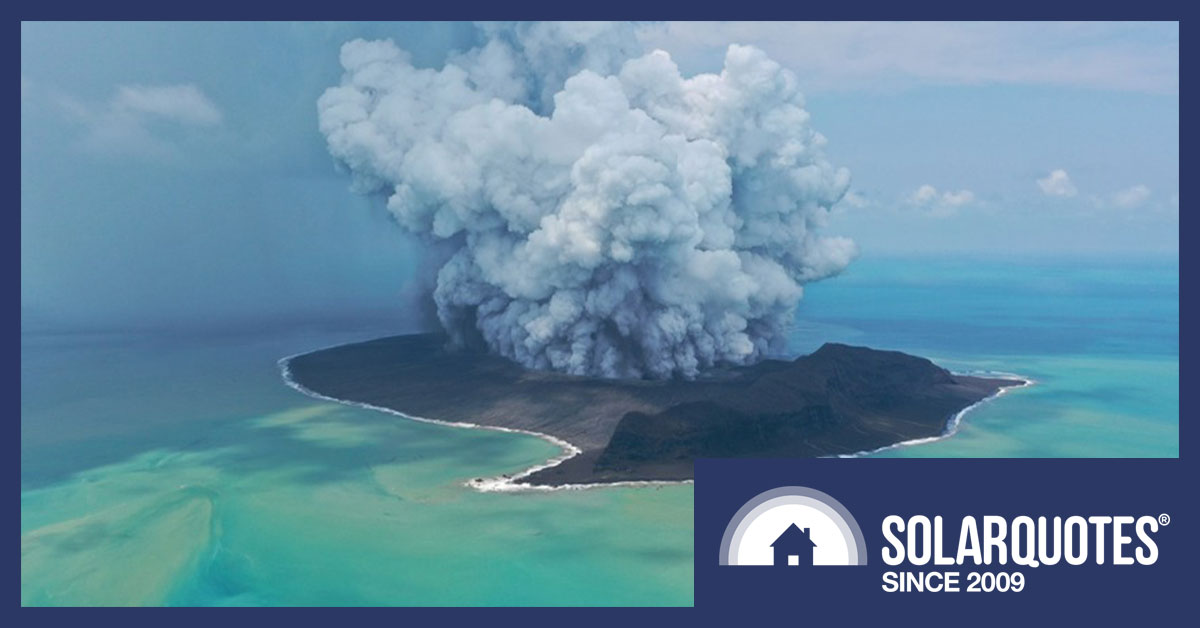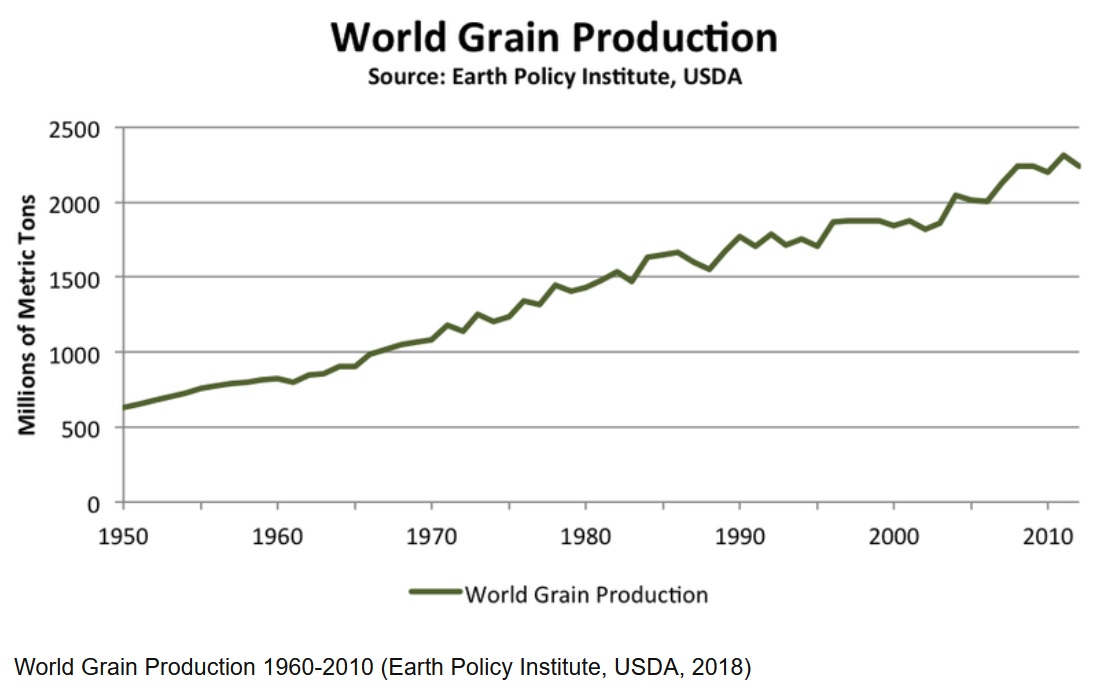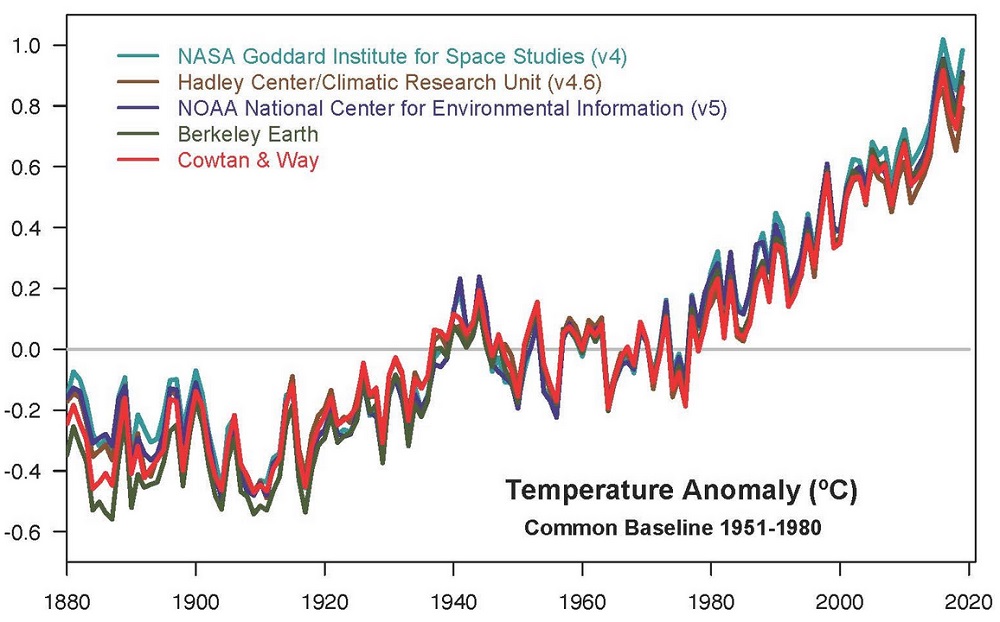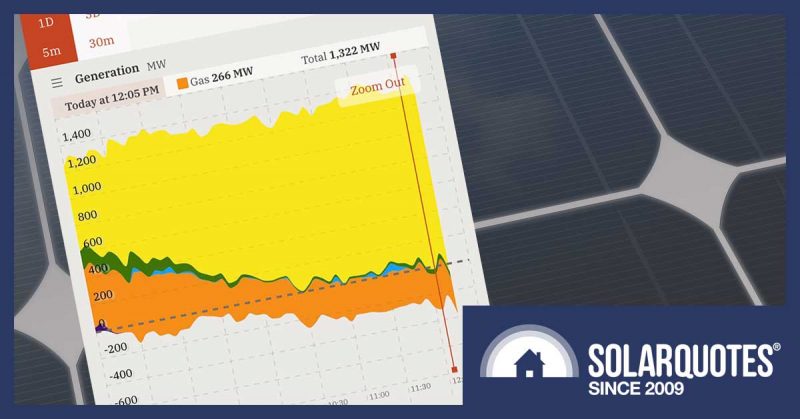Tonga Eruption Won’t Cool Planet Or Reduce Solar Output


After I heard about the Tongan volcanic eruption, the first thing I did was determine if the Tongans I knew were all right. While conditions there are serious, they aren’t as bad as they could have been, so they’re probably okay. Australia and New Zealand are sending relief, which is a relief.
The second thing I did was try to determine if the massive eruption would result in global cooling like the Mt. Pinatubo eruption in the Philippines back in 1991.
The answer to that is, despite being a massive eruption, insufficient material was blown high enough into the stratosphere to cause global cooling.
I see some people celebrating this fact and saying the world dodged a bullet because there won’t be a repeat of the 1816 “year without a summer” after the eruption of Mt. Tambora.
On the — literal — bright side, the Tonga eruption won’t contribute to global dimming and reduce the amount of sunlight reaching the ground. This means — unless volcanic ash lands on them– the eruption won’t reduce the output of solar power systems.
Because a South Seas volcano won’t be giving us any temporary respite from the global roasting we’re subjecting ourselves to, the reasons for rapidly reducing fossil fuel use remain as strong as ever. At least there will be no minor dip in solar energy generation getting in the way of that.
Big Eruptions Can Cool The World
Massive volcanic eruptions can temporarily cool the world by releasing sulphur dioxide into the atmosphere. This forms tiny solid sulphate particles and tiny droplets of sulfuric acid. While their exact effects are complex, they function as anti-greenhouse gases and reflect the sun’s heat into space before it reaches the ground.
Normally, they don’t hang around for long. They settle to the ground because they’re heavier than air or are washed out by rain. In the troposphere, which is the part of the atmosphere we’re most familiar with and extends from the ground to a bit past the top of Mount Everest1, sulphur compounds have a half-life of around ten days. This means, no matter how much sulphur a volcanic eruption spews into this atmospheric layer, there will only be about 1% left after two months, so no prolonged cooling is possible.
To cause significant global cooling, enough sulphur has to be blown past the troposphere into the next layer, which is the stratosphere. Down around Hobart, the stratosphere is about 10 km up, but in the tropics, it starts at around 17 km and at times, its boundary can be up to 20 km high. While this layer is too high and dry for rain, sulphur compounds still normally only last weeks or months here because they continue to drift downwards due to gravity.
To cause significant global cooling, enough sulphur compounds have to reach the part of the stratosphere where Brewer-Dobson Circulation occurs. This is where the stratosphere rises in the topics and circulates to the poles, where it falls again. This uplift can potentially keep sulphur compounds in the upper atmosphere for years.
Tonga Eruption Wasn’t Big Enough
The Tonga eruption was massive. While calculations are crude, one estimate puts the explosion at a little under 50 megatons. That makes it almost equal to the largest nuclear explosion ever created by human beings.
The massive Krakatoa eruption in Indonesia in 1883 was estimated to be 200 megatons. So, in the Australian vernacular, this would make Tonga a quarter-Kraka.
The Mount Pinatubo eruption in the Philippines in 1991 was estimated to be 70 megatons. This eruption blew roughly 17 million tonnes of sulphur into the atmosphere and resulted in significant global cooling of around 0.5 degrees in the northern hemisphere for two years.
Under the right circumstances, the Tonga eruption may have resulted in global cooling, but it simply hasn’t thrown sufficient material high enough into the atmosphere for that to occur. Cooling effects will only be local — a very big local, but still local as far as the world is concerned — and temporary. The world will also miss out on spectacular sunrises and sunsets caused by stratospheric sulphur aerosols, but Queensland may see some impressive ones.
Previous Volcanic Cooling Events
In the past 200 years, there have been four eruptions resulting in significant global cooling. These eruptions and the estimated amount of cooling they caused in the northern hemisphere were:
The 1815 Tambora eruption resulted in disaster, as half a degree of global cooling caused crop failures followed by widespread famine across Asia and Europe. In 1991 the Mt. Pinatubo eruption caused a similar amount of cooling but, overall, was basically a wash as far as agricultural production was concerned:


One reason the 1991 eruption did not really hurt world grain production is grain production had increased in warmer regions, such as Australia. But a second reason is that the world has become a significantly hotter place than it was in 1815:

This graph from NASA starts in 1880 rather than 1815, but temperatures in the early 19th century weren’t much different from the late 19th century.
As the above graph from NASA shows, the earth now averages over 1 degree hotter than it did during the 19th century.
No Help From Volcanic Cooling
I’ve seen people on the internet saying we’re lucky the Tonga eruption won’t cause global cooling, and they give the “year without a summer” of 1816 as the reason why. But if the Tonga eruption had caused the same half a degree of global cooling as the 1815 Mt. Tambora and 1991 Mt. Pinatubo eruptions, because the earth is warming so rapidly, it would only lower global temperatures to what they were not long before the 1991 eruption.
I’m not an agronomist, but I strongly suspect half a degree of cooling would only improve agricultural yields overall. It would also result in a temporary but helpful decline in icecap melting, sea-level rise, killer heatwaves, and other negative effects of global warming. I don’t think we dodged a bullet thanks to the Tonga eruption not causing global cooling. It’s more like we dodged something protective, like a vaccination.
Intentionally Adding Sulphur To The Stratosphere
It s been suggested sulphur could be intentionally added to the stratosphere using planes, drones, balloons, huge artillery shells, or by adding sulphur to a volcano before it makes a big bada-boom.
This has some major drawbacks. Three of them are…
- It will be very expensive.
- Sulphur in the atmosphere is a nasty pollutant with many negative effects. We want to breathe in as little of that stuff as possible. A lot of it is, literally, sulfuric acid. No matter how carefully we add it to the stratosphere, it will all eventually drift down to our level.
- It will cause global dimming and reduce the amount of plant photosynthesis and solar electricity generation.
It’s also pointless unless we also rapidly reduce greenhouse gas emissions. A transfusion can save someone’s life but will do no good in the long run unless their wounds are treated.
Right now, rather than artificially adding sulphur to the upper atmosphere, the most sensible course of action is to cut greenhouse gas emissions as hard and fast as possible.
No Respite, No Retreat, No Surrender
The Tonga eruption wasn’t large enough to cause any significant global cooling and will provide no respite from the global warming we’ve created. Rather than relying on spontaneous, large-scale relocations of geography to lend a hand, we’ll have to work on ending this problem ourselves. This means…
- Investing in more renewable generation. For example, putting solar panels on your roof.
- Making your next private transport purchase an electric car or fuel-efficient hybrid — or better yet, an e-bike or bicycle.
- Purchasing energy-efficient appliances, whether a heat pump hot water system or LED lights.
It also means voting out politicians who deny global warming is a serious problem. When volcanic global cooling that caused one of history’s greatest disasters in 1816 would help the planet if it happened today; it means we have a serious problem that requires immediate, effective action.
Footnotes
- Mt. Everest’s name in Tibetan, Chomolungma, is way cooler. ↩
Original Source: https://www.solarquotes.com.au/blog/tonga-eruption-cooling-solar/


















